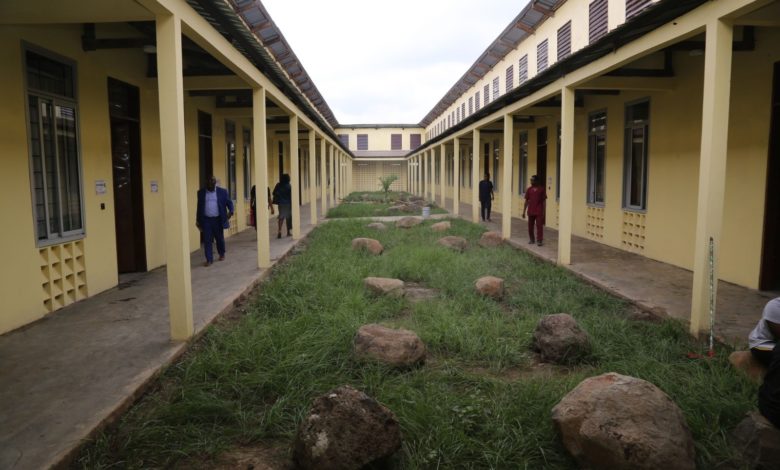Mutengene: CBC Inaugurates Brand New Rehabilitation Center

The Executive President (EP) of the Cameroon Baptist Convention (CBC), the Rev. Dr. Teke John has inaugurated the denomination’s rehab center.
The ceremony took place on Saturday January 25 in Mutengene, South West Region in the presence of other CBC leaders including the CBC Director of Health Services, Samuel Ngum; CBC Director of Missions and Evangelism, Rev. Dr. Paul Mokake and other leaders of the Convention.

Named the CBC Rehabilitation Training Center of Excellence (RTCE), it will cater for persons with disabilities, especially those with mobility issues and will train them on how to use their prosthetics or improve the functionality of their limbs.
Reverend Dr. Teke the CBC EP, thanked the funders from the Netherlands who made the generous gift of the CBC RTCE possible and prayed that it becomes a source of hope for all Cameroonians whom it shall serve.




